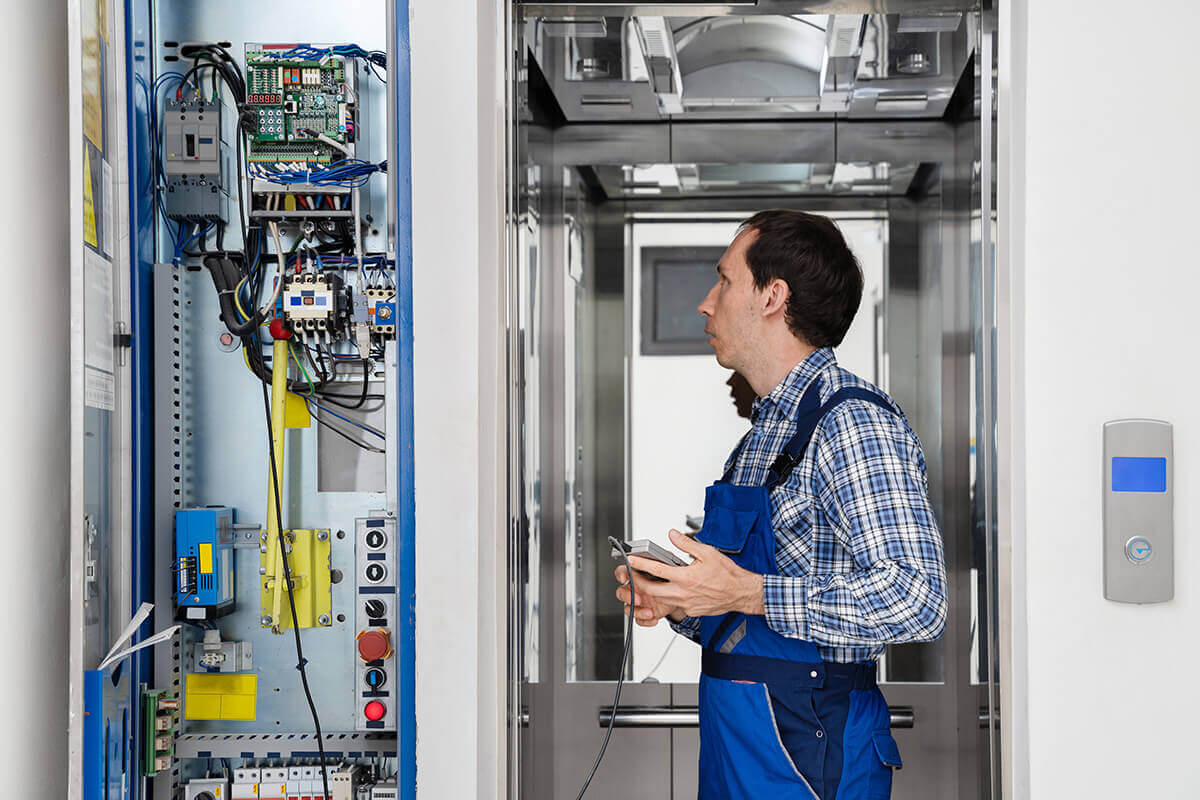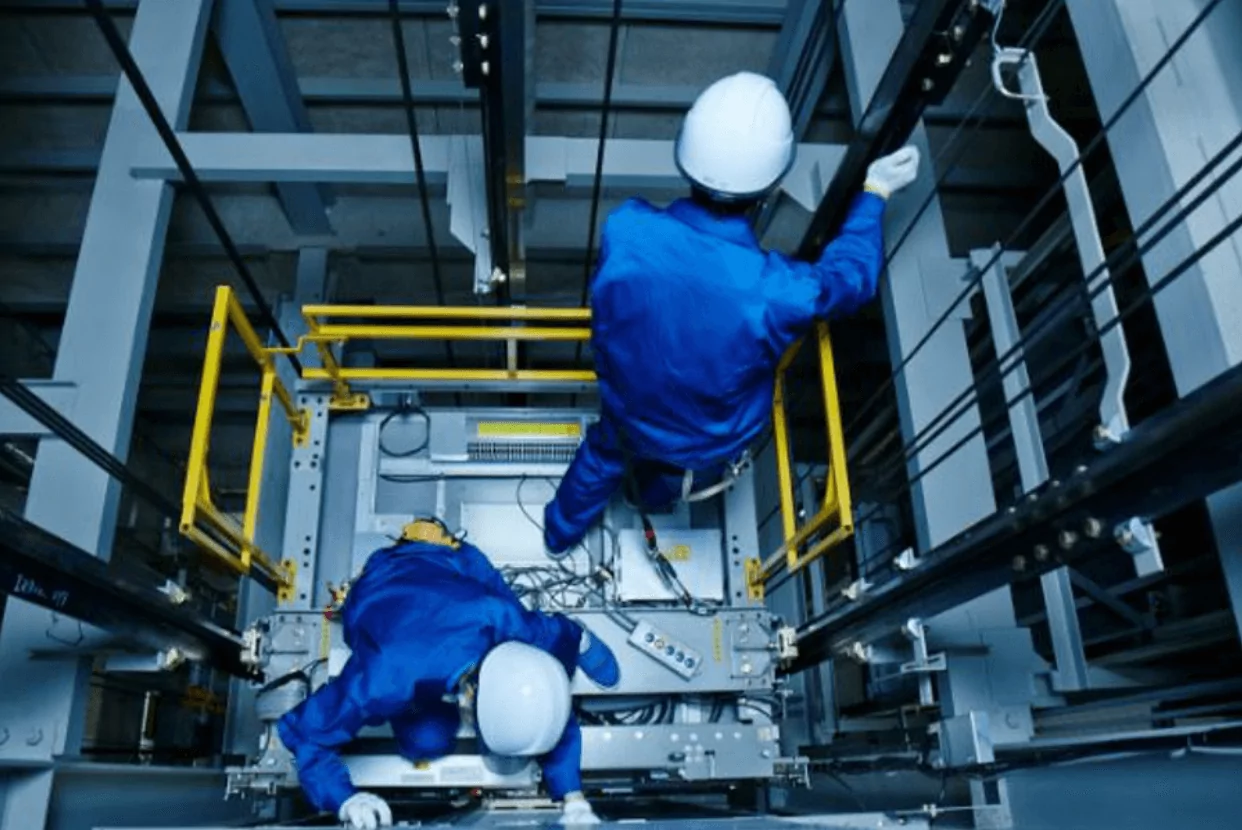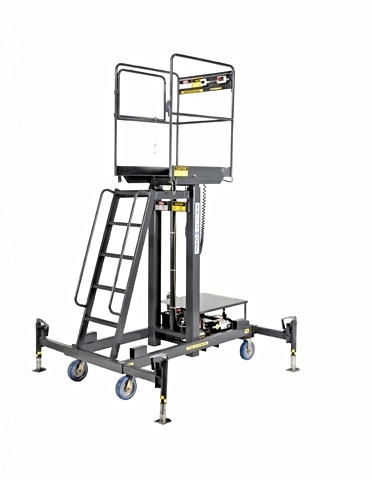Lift Maintenance Repair Specialists: Expand the Life of Your Lifts
Lift Maintenance Repair Specialists: Expand the Life of Your Lifts
Blog Article
Pro Tips for Preserving Your Lift in Top Problem: A Comprehensive Review
Ensuring the optimal functioning of a lift system is necessary for a efficient and risk-free operation in various settings, from industrial storehouses to business structures. By sticking to a structured upkeep routine and preemptively addressing prospective problems, lift owners can alleviate expensive downtime and safety and security risks.

Importance of Regular Upkeep
Routine upkeep of your lift is crucial to ensure its optimum performance and long life. By adhering to a normal maintenance schedule, you can determine and deal with potential problems before they intensify into pricey fixings or unforeseen downtime. Regular maintenance jobs such as lubricating moving parts, checking for wear and tear, and examining hydraulic systems can assist protect against malfunctions and ensure risk-free procedure.
Ignoring regular upkeep not only endangers the performance of your lift however also postures safety dangers to users and property. Elements that are not correctly maintained might stop working all of a sudden, bring about mishaps or damages to the lift itself. In addition, dealing with issues early on with maintenance can extend the life-span of your lift and minimize the possibility of significant failures.
In enhancement to enhancing safety and security and performance, regular upkeep can additionally save you cash over time. By spending in preventive maintenance steps, you can prevent expensive repair services or replacements that may emerge from overlooking the upkeep of your lift. Overall, focusing on routine upkeep is important for maximizing the capability and longevity of your lift system.
Leading Parts to Check

In addition, pay close attention to the lift's security attributes, such as emergency quit switches, safety sensing units, and interlocking devices, to ensure they are functioning appropriately. Frequently examine the lift shaft for particles or obstructions that might restrain the motion of the lift cars and truck.
Aggressive Repairing Strategies
By tracking metrics such as lift speed, motor temperature level, and power usage, maintenance teams can recognize very early indicators of potential issues and take rehabilitative actions before they escalate. Additionally, carrying out a preventative upkeep schedule that includes lubrication of moving parts, testing of emergency brakes, and calibration of sensing units can proactively deal with typical lift system issues.
Moreover, buying training programs for upkeep staff on troubleshooting strategies certain to the lift model installed can equip them to diagnose and solve problems quickly. By staying ahead of potential issues via proactive troubleshooting, lift drivers can ensure a smoother and a lot more trusted operation while lessening the risk of unforeseen break downs.
Necessary Lubrication Practices
Implementing correct lubrication practices is vital for guaranteeing the smooth operation and longevity of lift systems. Routine lubrication assists reduce friction between relocating components, avoiding deterioration that can bring about pricey repair work and downtime. When it involves lift maintenance, complying with a strict lubrication routine is important.
Choosing the right lube is the initial step in efficient maintenance. Various parts of the lift system might require particular kinds of lubricating substances, such as oil or oil. Speak with the maker's guidelines to establish the appropriate lubes for every part.

Routinely evaluating the problem of moisturized components is likewise vital. Search for indications of too much wear, contamination, or poor lubrication. Resolve any kind of concerns immediately to avoid further damages and make sure the ongoing smooth operation of your lift system. By focusing on appropriate lubrication practices, you can extend the life-span of your lift and enhance its efficiency.
Precaution for Lift Operators
In order to keep a safe functioning setting and support functional efficiency, lift drivers have to carefully abide by recommended security protocols, alongside prioritizing necessary lubrication techniques for optimum lift performance. Precaution for lift operators are vital to avoid mishaps and guarantee the smooth performance of the lift system. Operators must undergo detailed training on proper lift procedure, emergency situation procedures, and safety guidelines. Routine equipment evaluations and maintenance checks are vital to identify and attend to any type of potential safety and security risks quickly. It is important for drivers to constantly adhere to manufacturer recommendations for lots capacities, operational limits, and safety features use.
In addition, lift drivers must prioritize personal protective devices (PPE) such as helmets, gloves, and safety belt when operating at heights or taking care of hefty loads. Clear interaction among Lift Maintenance Repair drivers, upkeep specialists, and other personnel is vital to stop misunderstandings that might lead to accidents. Last but not least, operators ought to remain vigilant, focused, and avoid disturbances while running the lift to make sure the safety of themselves and others in the vicinity.
Conclusion
In conclusion, keeping a lift in leading problem is critical for making certain safety and security and effectiveness in procedures. Routine upkeep, comprehensive assessments of crucial components, aggressive troubleshooting, proper lubrication methods, and adherence to security steps are vital for extending the lifespan of the lift and stopping accidents. By complying with these standards, lift operators can make certain the continued performance and safety of their devices.
By adhering to a structured upkeep routine and preemptively attending to prospective concerns, lift proprietors can mitigate expensive downtime and safety hazards. On a regular basis examine the lift shaft for particles or obstructions that can restrain the activity of the lift cars and truck.In order to keep a safe working setting and support functional effectiveness, lift drivers have to carefully stick to suggested safety protocols, along with focusing on important lubrication methods for optimum lift performance. Safety procedures for lift drivers are critical to prevent accidents and make sure the smooth functioning of the lift system. Regular upkeep, comprehensive assessments of crucial elements, proactive troubleshooting, proper lubrication practices, and adherence to safety and security actions are essential for lengthening the lifespan of the lift and preventing mishaps.
Report this page